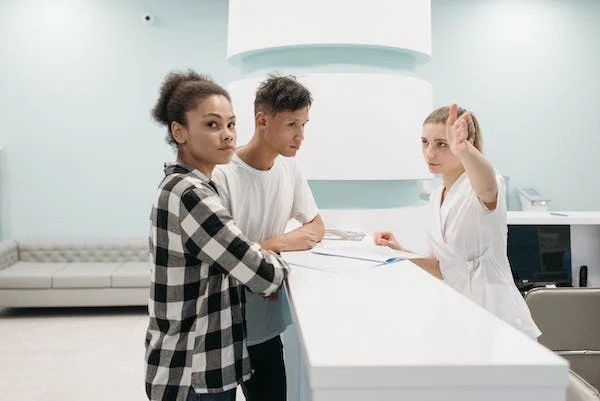Art therapy has become an increasingly popular form of therapy in rehab centers. It benefits those recovering from addiction, trauma, and mental health issues. Art therapy allows patients to express their thoughts and emotions creatively, providing a safe space to explore their feelings and work through any issues they may face.
In this article, you will learn about the benefits of art therapy.
Non-Verbal Communication
Art therapy provides a means of communication that doesn’t rely on language. Patients can create artwork that reflects their inner experiences and feelings without the pressure to verbally articulate their thoughts and emotions.
Art therapy helps patients to access parts of themselves that may be difficult to access through traditional talk therapy. It benefits patients who have experienced trauma or have difficulty processing their emotions, allowing them to express themselves in a safe and comfortable environment.
Stress and Anxiety Reduction
If you feel overwhelmed or anxious about recovery, art therapy can be a helpful tool for managing emotions and finding a sense of calm. Engaging in creative activities can be a calming and meditative experience and help patients relax and focus on the present moment.
Coping Skill Development
Creating art can be a form of mindfulness practice that can help patients regulate their emotions, manage stress, and build resilience. Through art therapy, patients can learn to identify and healthily express their emotions and develop strategies for coping with difficult thoughts and feelings.
Self-esteem Improvement
Art therapy can be particularly beneficial for patients who struggle with low self-esteem due to addiction or trauma. Creating art can provide a sense of purpose and accomplishment, which can help to build self-esteem. Patients gain a sense of control over their lives through the creative process, which can be empowering.
Through art therapy, patients can explore their emotions in a safe and supportive environment, which can help to reduce feelings of self-blame and increase self-compassion.
Physical Benefits
Creating art can be physically engaging and help patients build strength and coordination. If you may be recovering from injuries or illnesses, art therapy can provide a form of physical therapy that is both engaging and enjoyable.
Social Connection
Rehabilitation can be a lonely and isolating experience, particularly for patients who have lost touch with family and friends.
Art therapy allows patients to connect with others in a supportive, non-judgmental environment. Patients can share their artwork with others, give and receive feedback, and collaborate on group projects. A sense of connection and community can reduce feelings of isolation and loneliness and provide patients with a support network as they work toward recovery.
Envisioning a Better Future
Through creating art, patients can tap into their creativity and imagination and envision a life beyond their addiction or trauma. It can be an empowering and transformative experience and help patients stay motivated and committed to their recovery.
Conclusion
Art therapy can be a valuable and effective tool for patients in rehab. From improving coping skills and self-esteem to reducing stress and anxiety, the benefits of art therapy are wide-ranging and significant. Art therapy can provide a creative outlet for patients to express themselves, explore their emotions, and connect with others in a supportive and non-judgmental environment.
If you or someone you know is in rehab and could benefit from the healing power of art therapy, don’t hesitate to reach out to a qualified art therapist. You can learn more here.

